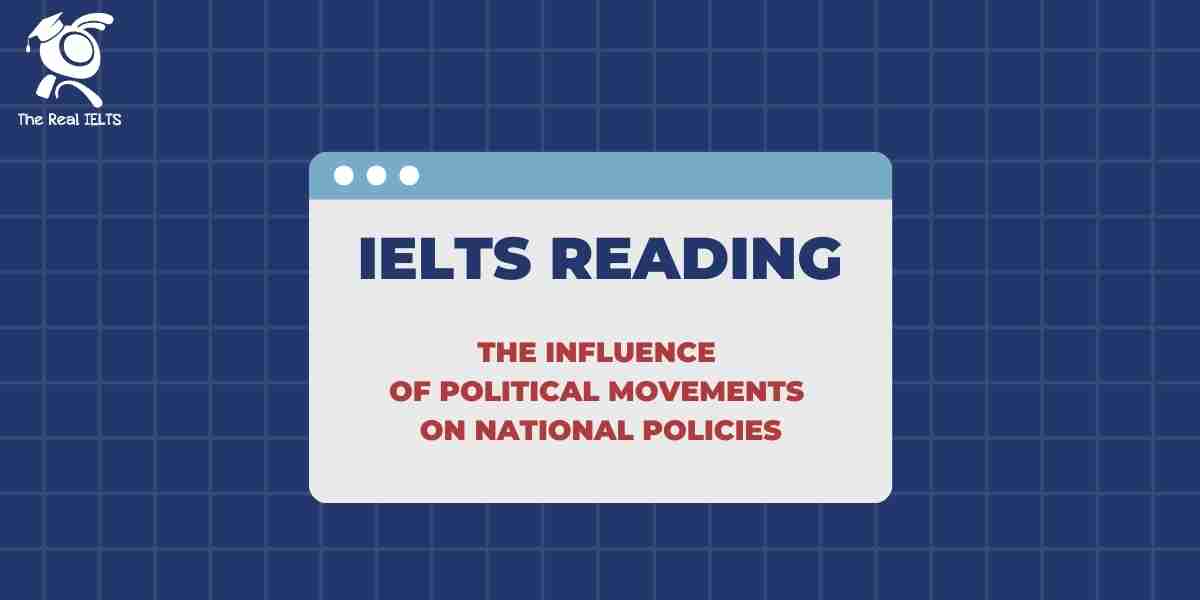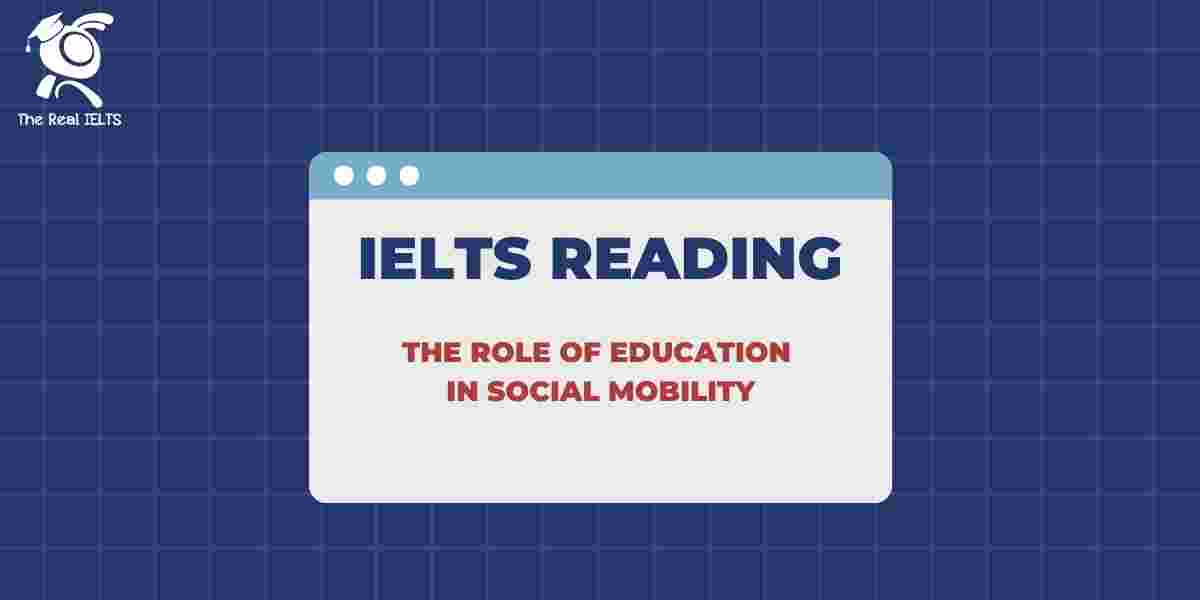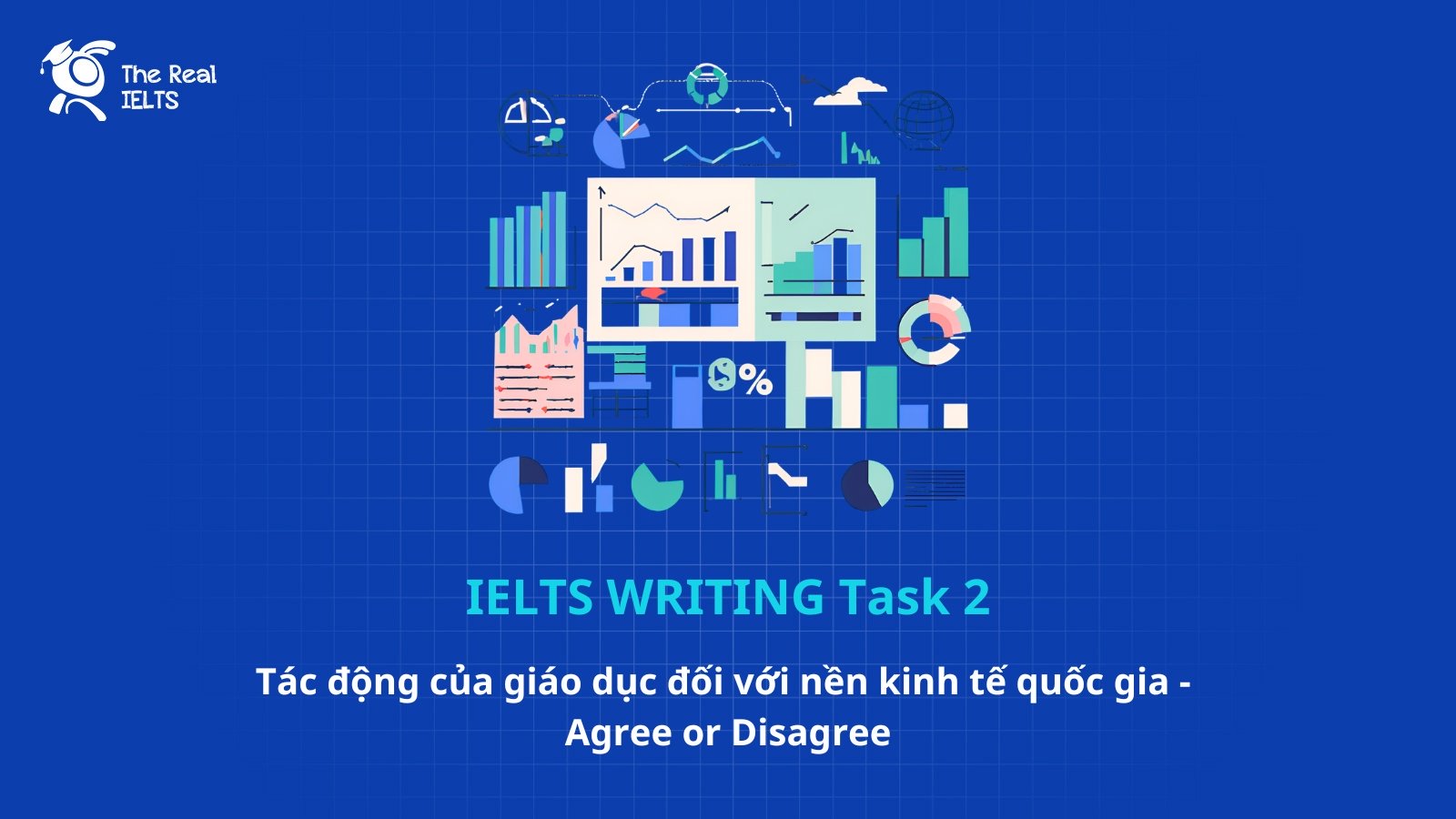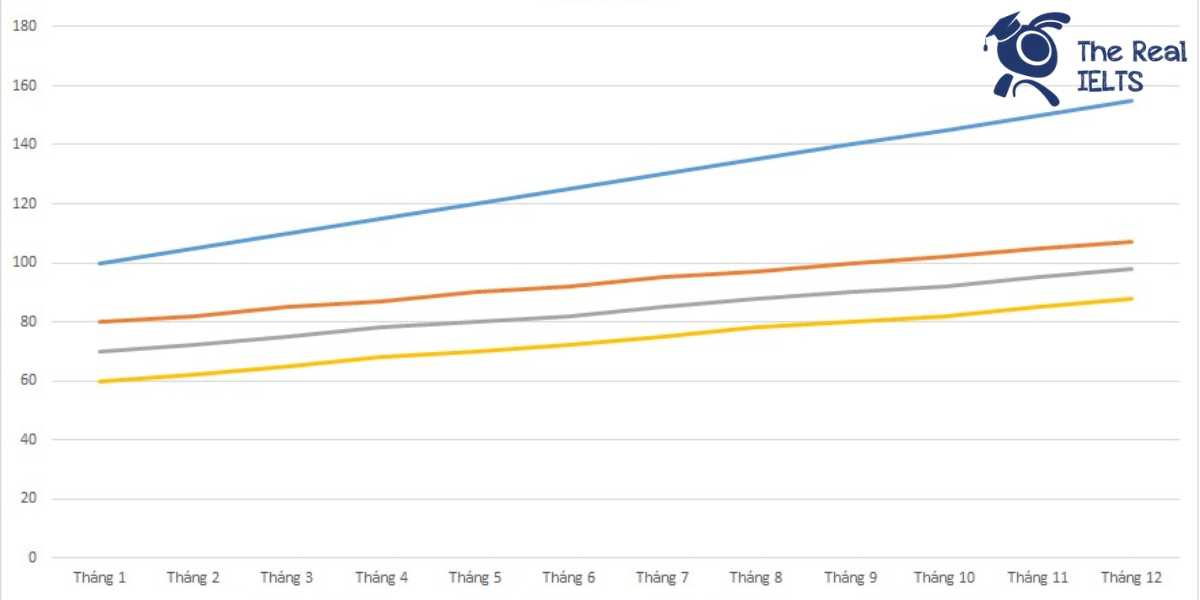Đề bài IELTS Writing Task 2 dạng Positive or Negative productivity
You should spend about 40 minutes on this task
The trend of flexible working hours and its impact on productivity. Do you think this is a positive or negative development?
Write at least 250 words.
Giải mẫu đề luyện thi IELTS Writing
In recent years, the concept of flexible working hours has gained considerable traction, with more companies adopting this approach to meet the evolving needs of their employees. The debate over whether this trend positively or negatively impacts productivity is ongoing. I believe that while flexible working hours offer significant benefits, they can also pose challenges, depending on the nature of the job and the individual’s work habits. Therefore, I view this development as both positive and negative.
On the one hand, flexible working hours can enhance productivity by accommodating employees’ personal preferences and lifestyle needs. When workers have control over their schedules, they are more likely to work during their most productive hours, leading to higher efficiency and output. For instance, some people are more productive in the early morning, while others work better late at night. Allowing employees to choose when they work can help them manage their energy levels effectively, reducing burnout and increasing job satisfaction, which in turn can lead to improved productivity.
Additionally, flexible working hours can help employees maintain a better work-life balance. This balance is crucial for mental and physical well-being, which directly influences productivity. Employees who can manage their personal commitments without the stress of rigid work hours are less likely to experience fatigue and more likely to stay focused and motivated during work hours. Furthermore, the ability to work remotely, a common feature of flexible working, can eliminate time-consuming commutes, allowing employees to dedicate more time to work-related tasks.
On the other hand, the success of flexible working hours largely depends on the nature of the job and the individual’s self-discipline. For roles that require constant collaboration or depend on real-time responses, such as customer service or team-based projects, flexible hours can lead to miscommunication and delays. Moreover, not all employees have the self-discipline needed to manage their time effectively. Without the structure of a fixed schedule, some individuals might struggle to stay focused, leading to procrastination and lower productivity.
In conclusion, the trend of flexible working hours presents both advantages and disadvantages. While it can boost productivity by allowing employees to work during their most effective hours and improve work-life balance, it also poses risks, especially for jobs that require constant communication and for individuals who may lack the self-discipline to manage their time effectively. Therefore, whether this development is positive or negative depends on the specific circumstances of the job and the individual.
Thống kê cấu trúc câu và cấu trúc ngữ pháp
Cấu trúc câu và cấu trúc ngữ pháp được sử dụng trong bài:
- Cấu trúc câu phức (Complex Sentence):
- “I believe that while flexible working hours offer significant benefits, they can also pose challenges, depending on the nature of the job and the individual’s work habits.”
- “When workers have control over their schedules, they are more likely to work during their most productive hours, leading to higher efficiency and output.”
- “Allowing employees to choose when they work can help them manage their energy levels effectively, reducing burnout and increasing job satisfaction, which in turn can lead to improved productivity.”
- “For roles that require constant collaboration or depend on real-time responses, such as customer service or team-based projects, flexible hours can lead to miscommunication and delays.”
- “While it can boost productivity by allowing employees to work during their most effective hours and improve work-life balance, it also poses risks, especially for jobs that require constant communication and for individuals who may lack the self-discipline to manage their time effectively.”
- Cấu trúc câu ghép (Compound Sentence):
- “In recent years, the concept of flexible working hours has gained considerable traction, with more companies adopting this approach to meet the evolving needs of their employees.”
- “Employees who can manage their personal commitments without the stress of rigid work hours are less likely to experience fatigue and more likely to stay focused and motivated during work hours.”
- “Moreover, not all employees have the self-discipline needed to manage their time effectively.”
- Cấu trúc câu đơn (Simple Sentence):
- “The debate over whether this trend positively or negatively impacts productivity is ongoing.”
- “Additionally, flexible working hours can help employees maintain a better work-life balance.”
- “This balance is crucial for mental and physical well-being, which directly influences productivity.”
- “Therefore, whether this development is positive or negative depends on the specific circumstances of the job and the individual.”
- Cấu trúc so sánh (Comparative Structure):
- “Some people are more productive in the early morning, while others work better late at night.”
- Câu dùng mệnh đề quan hệ (Relative Clause):
- “This balance is crucial for mental and physical well-being, which directly influences productivity.”
- “Flexible working hours offer significant benefits, they can also pose challenges, depending on the nature of the job and the individual’s work habits.”
Từ kết nối các câu và các đoạn:
- Để nối các ý tương phản:
- While (trong khi)
- However (tuy nhiên)
- On the other hand (mặt khác)
- Để nối các ý tương đồng hoặc bổ sung:
- Additionally (ngoài ra)
- Furthermore (hơn nữa)
- Moreover (hơn nữa)
- And (và)
- Also (cũng)
- Để nối câu nguyên nhân – kết quả:
- Therefore (do đó)
- Which in turn (điều này dẫn đến)
- Because (bởi vì)
- As a result (kết quả là)
- Để nhấn mạnh hoặc giải thích:
- For instance (ví dụ)
- Such as (như là)
- Especially (đặc biệt là)
- In conclusion (kết luận)
Các từ vựng tiếng Anh cần lưu ý trong bài viết
- Flexible working hours – Giờ làm việc linh hoạt
- Considerable traction – Sự thu hút đáng kể
- Productivity – Năng suất
- Accommodating – Đáp ứng
- Personal preferences – Sở thích cá nhân
- Efficiency – Hiệu quả
- Output – Sản lượng
- Burnout – Sự kiệt sức
- Job satisfaction – Sự hài lòng trong công việc
- Work-life balance – Cân bằng giữa công việc và cuộc sống
- Mental and physical well-being – Sức khỏe tinh thần và thể chất
- Self-discipline – Tính tự giác
- Collaboration – Sự hợp tác
- Miscommunication – Sự hiểu lầm trong giao tiếp
- Procrastination – Sự trì hoãn
Đọc thêm bài viết: Cách làm bài thi IELTS Writing Task 2.















